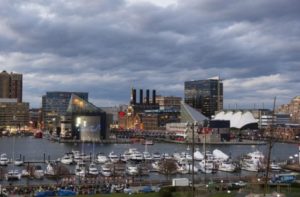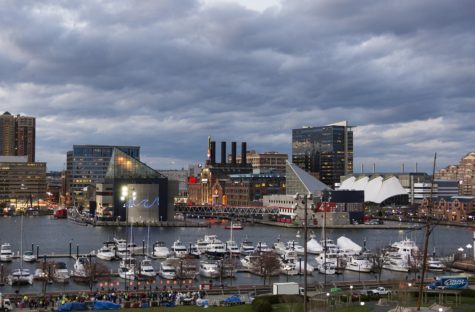BALTIMORE — Creating “safe spaces” for illicit drug users to get high would save the lives of many addicts living in Baltimore, while saving the city about $6 million a year, a new study finds.
Researchers say the strategy could help decrease rates of death and injury from overdose, prevent HIV and hepatitis C infections, and bring intervention treatment to scores of individuals.

These findings were a few of many in a recent cost-benefit analysis conducted by the Johns Hopkins Bloomberg School of Public Health, located in the heart of the city.
To determine the economic benefit of safe spaces, which are currently illegal in the U.S., the researchers looked to such a facility in Vancouver, the only one in North America, as a model.
Assuming that a hypothetical facility in Baltimore were to house 1,000 square feet of space, have 13 booths, and operate 18 hours a day, the researchers estimated it would cost the city $1.8 million a year.
This could be juxtaposed against annual cost savings of $7.8 million, which would come from preventing or treating a host of drug-related health problems, many of which require hospitalization. The team predicts that four HIV infections and 21 hepatitis C cases would be prevented each year, and more than 100 overdose-related ambulance calls would be curbed.
It would also bring many drug abusers — at least 100 new patients each year, the researchers estimate — viable treatment to kick their habit.
The $6 million in annual savings would amount to “almost a third of Baltimore City’s entire budget for HIV, sexually-transmitted infections and substance abuse treatment and prevention,” says Amos Irwin, the study’s lead author and program director at the Law Enforcement Action Partnership in Washington, D.C., in a university press release.
“No one has ever died from an overdose in a safe consumption space,” adds Dr. Susan G. Sherman, the study’s senior author and a professor in the Department of Health, Behavior and Society at the school. “Thousands of lives have been saved. There are lots of doors people can walk through when they are addicted to drugs. We want them to walk through a door that may eventually lead to successful treatment – and keep them alive until they are ready for that.”
Although no U.S. city or state has been able to institute safe spaces, some jurisdictions have tried to enact them. They enjoy great popularity in a few European countries.
Sherman notes how many illicit drug abusers in Baltimore will feed their habit in unsanitary and unsafe environments, such as on the street or in abandoned houses.
“We know what doesn’t work when it comes to the so-called ‘War on Drugs’ in the United States because we have an opioid epidemic that is only getting worse,” she emphasizes. “You can keep doing what you are doing or you can try something that has been proven by evidence and is considered usual care in a dozen nations.”
The study’s findings were published in the journal Harm Reduction Journal.
